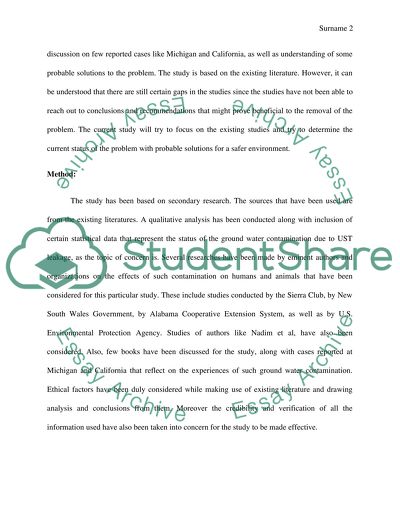Cite this document
(“Effects on ground water from leaking underground fuel tanks Research Paper”, n.d.)
Retrieved from https://studentshare.org/geography/1400230-effects-on-ground-water-from-leaking-underground
Retrieved from https://studentshare.org/geography/1400230-effects-on-ground-water-from-leaking-underground
(Effects on Ground Water from Leaking Underground Fuel Tanks Research Paper)
https://studentshare.org/geography/1400230-effects-on-ground-water-from-leaking-underground.
https://studentshare.org/geography/1400230-effects-on-ground-water-from-leaking-underground.
“Effects on Ground Water from Leaking Underground Fuel Tanks Research Paper”, n.d. https://studentshare.org/geography/1400230-effects-on-ground-water-from-leaking-underground.


